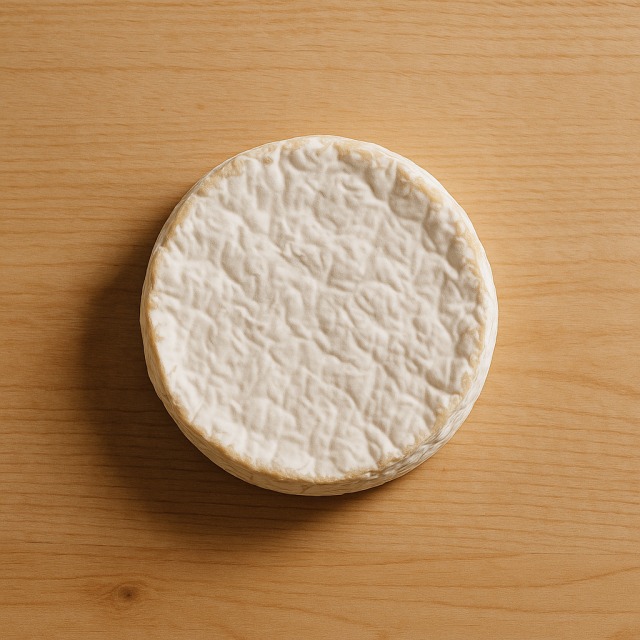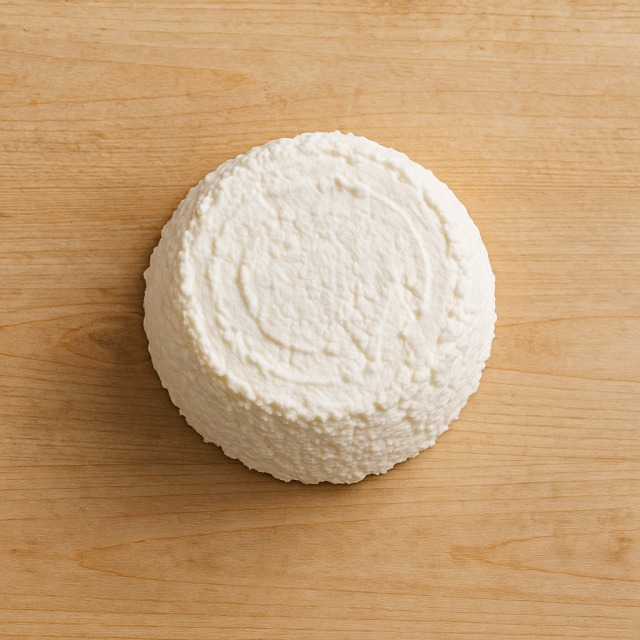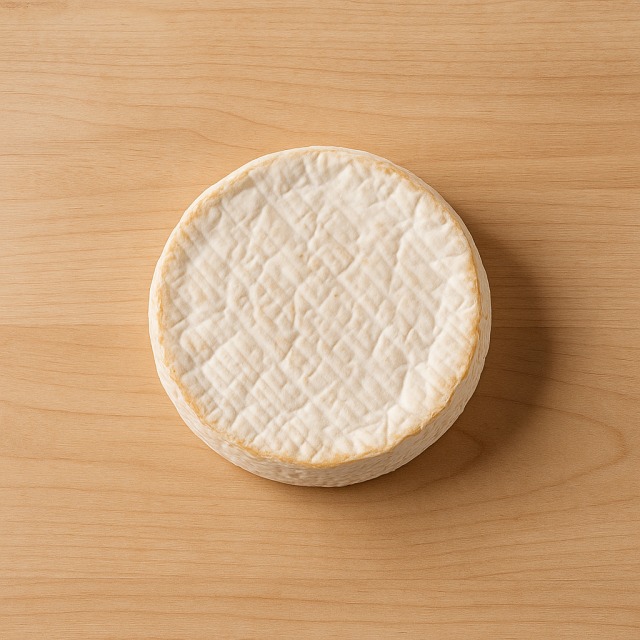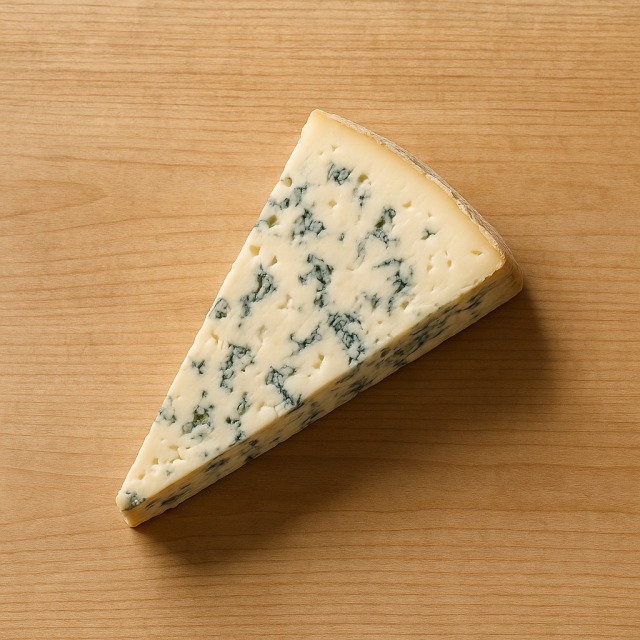Calorie Chart / Cheeses / Vacherin
How Many Calories Are in Vacherin?
Calculation of the nutritional value & Recommended Dietary Intake of vacherin
For g and a calorie requirement of kcal
| Calories 128 kcal | Proteins 7 g | Lipids 11 g | Carbohydrates 0 g |
| 6% | 9% | 16% | 0% |
Health benefits of vacherin
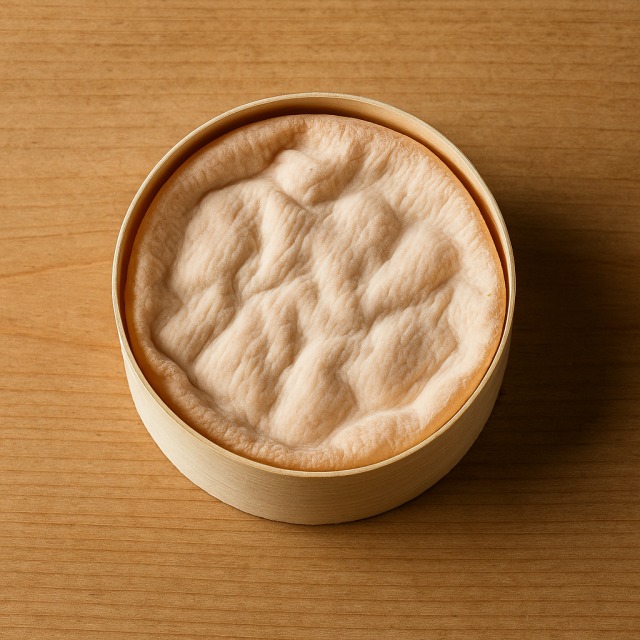
Vacherin - 100g
Calories 321 kcal
Proteins 17.5 g
Lipids 28 g
Carbohydrates 0 g
Vacherin is a high-calorie cheese: with 321 calories per 100 g, it clearly belongs to the energy-dense category. Those calories stem mainly from its 28 g of milk fat, which supply conjugated linoleic acid (CLA) and butyric acid, two fatty acids that have been studied for their possible anti-inflammatory effects (still supposed and not unanimously confirmed). At the same time, its 17.5 g of proteins provide all essential amino acids, useful for muscle maintenance.
Rich maturation of vacherin concentrates calcium and phosphorus, contributing to bone strength, while its orange rind also delivers vitamin B2 and vitamin A. Fermentation by lactic bacteria can bring probiotic compounds that may help digestive comfort. Compared with other mountain cheeses such as Gruyère, Comté, or Reblochon, vacherin offers a softer texture yet a similar mineral profile, all while packing the same generous calories. Historically made when cows came back from Alpine pastures, the cheese was wrapped in spruce bark, a practice that adds a delicate resinous aroma without changing the calorie count. Four centuries of tradition make it a sought-after winter treat despite its caloric load.
Tips for incorporating vacherin into a balanced diet
Because its calorie content is high, vacherin is best served in moderate portions and balanced with low-calorie sides. A classic idea is "vacherin chaud": bake a whole wheel and scoop the molten center over steamed potatoes and crisp broccoli florets instead of French fries, cutting overall calories while keeping flavor.
If you crave a gratin, swap half of the cheese usually used in a tartiflette for diced vegetables such as zucchini or cauliflower; this simple twist reduces calories per serving. For a lighter starter, whisk a spoon of vacherin into a vinaigrette and drizzle it over an apple and walnut salad: the sweet-and-salty contrast lets you enjoy the cheese without adding many calories.
Finally, a protein-rich snack for athletes consists of one thin slice of vacherin melted on a slice of whole-grain bread and topped with lean cured ham. The proteins complement the cheese while controlling calories through portion size. Remember: counting calories does not forbid pleasure—strategic pairings help integrate this flavorful cheese into a balanced diet containing fewer calories overall.
Frequently Asked Questions
- How many calories are in vacherin?
- There are 321 kcal per 100 g.
- Is vacherin considered a high-calorie cheese?
- Yes, its 321 kcal place it in the high-calorie range, so portion control is advisable.
- Does melting vacherin in the oven change its calorie content?
- The cooking process does not remove calories; 100 g melted still delivers 321 kcal, although some fat may leak out if you pierce the bark.
- How can I enjoy vacherin while limiting calories?
- Use a 30–40 g serving, combine it with vegetables and lean proteins, and account for those calories in your daily total.
- Besides calories, what nutrients does vacherin provide?
- Alongside its calories, vacherin supplies about 17.5 g of proteins, abundant calcium, vitamin B12, and vitamin A.
Similar foods
Information provided by Calorie Menu may contain inaccuracies or errors. It cannot, under any circumstances, substitute medical advice or medication.
